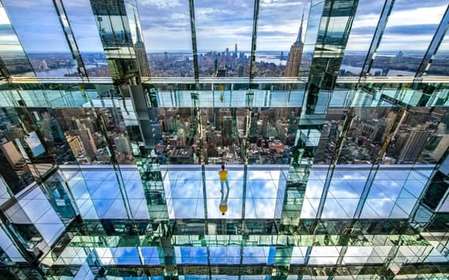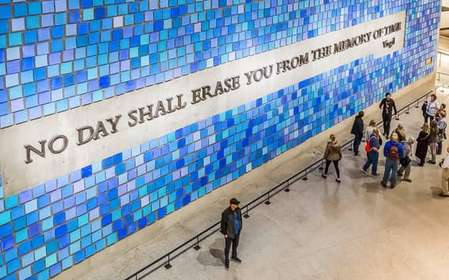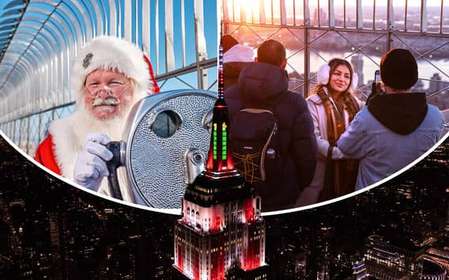- Home
- Useful Tips
- Essential New York experiences...
New York City's architectural marvels draw millions, yet many visitors miss hidden masterpieces or waste hours in lines. Over 60% of travelers report feeling overwhelmed by the sheer volume of options, while 42% admit they later discover missed opportunities within blocks of their hotel. The frustration isn't just about FOMO – improper planning means battling crowds at peak times, paying premium prices for basic access, or lacking context to appreciate what you're seeing. Between soaring skyscrapers and tucked-away brownstone beauties, the city demands a curated approach to uncover its structural soul without exhausting your schedule or budget.


Navigating the concrete jungle – a local’s map to architectural must-sees
Manhattan’s grid can deceive – what looks close on a map often involves navigating crowded sidewalks or subway transfers. Start with the Rockefeller Center complex, where 1930s Art Deco details reveal themselves in elevator doors and ceiling murals most visitors sprint past. A short walk east leads to the Chrysler Building’s lobby, free to enter and shimmering with nickel-steel finishes. For contrast, detour downtown to the Woolworth Building’s neo-Gothic lobby (reservation required), then take the 4/5 train to Brooklyn Heights for brownstone-lined streets with Manhattan skyline views. Smart explorers target these clusters by neighborhood, avoiding backtracking while discovering how architectural eras dialogue across decades.
Timing secrets for crowd-free architecture viewing
The Empire State Building’s sunrise slots offer 360-degree views without the midday chaos, while the Vessel at Hudson Yards feels almost private during weekday lunch hours. Locals know the MetLife Building’s underground concourse hides stunning mosaics best appreciated before 8am commuters arrive. Even popular spots like Grand Central Terminal have sweet spots – the whispering gallery near the Oyster Bar sees lighter traffic after 3pm. For modern marvels, visit the Oculus when the natural light show peaks at 10:30am or 4pm as sunlight filters through its winged ribs. These timing tricks transform rushed selfie stops into contemplative encounters with design genius.
Beyond Manhattan – underrated borough architectural treasures
Queens’ Long Island City showcases avant-garde residential towers with waterfront views rivaling pricey Manhattan apartments. The Louis Armstrong House Museum in Corona preserves intact mid-century interiors, while the Queens Museum houses the breathtaking 1964 World’s Fair panorama. In the Bronx, the Edgar Allan Poe Cottage’s humble wooden beams tell literary history, and the Wave Hill estate blends Gilded Age architecture with Hudson River vistas. Staten Island’s Snug Harbor Cultural Center features Greek Revival buildings amid botanical gardens, reachable via the free ferry past Lady Liberty. These outer-borough sites deliver profound architectural encounters without Manhattan’s sticker shock or queues.
Decoding styles – how to ‘read’ NYC’s buildings like an expert
Spotting the difference between Beaux-Arts and Neo-Renaissance becomes thrilling when you notice the telltale signs. The New York Public Library’s lion-flanked entrance exemplifies Beaux-Arts symmetry, while the Frick Collection’s mansion shows French Renaissance detailing in its oval staircase. Art Deco fans should study the American Radiator Building’s black-and-gold crown, then compare it to the Daily News Building’s streamlined lobby. Even brutalist structures like the Whitney Museum’s former Breuer building reward closer inspection – their weighty concrete forms create intentional light/shadow plays. Carry a guidebook or download the Landmarks Commission’s style guide to transform every sidewalk gaze into an educated appreciation of the city’s structural poetry.



